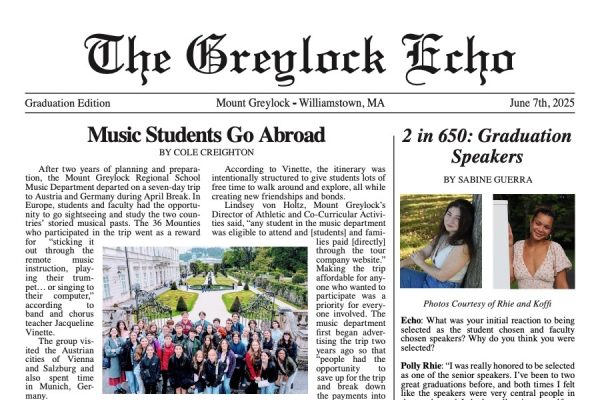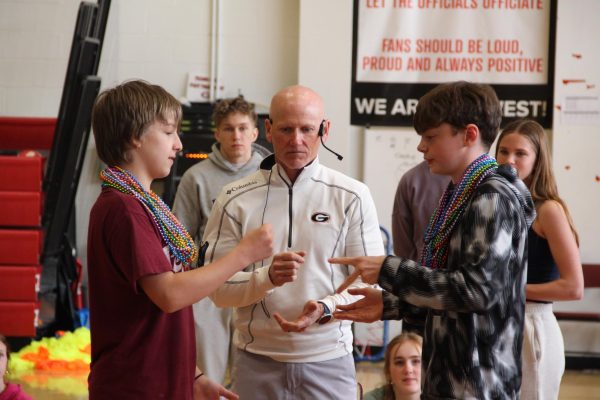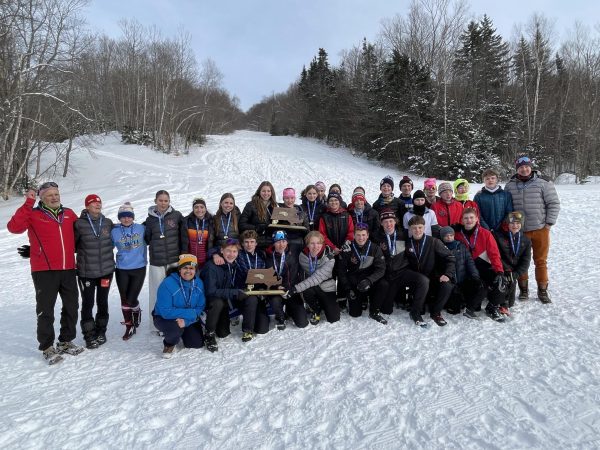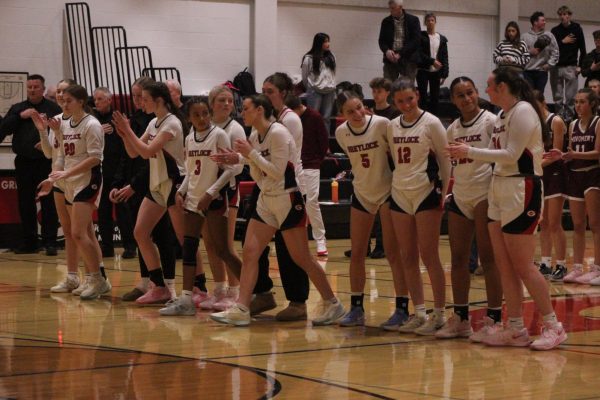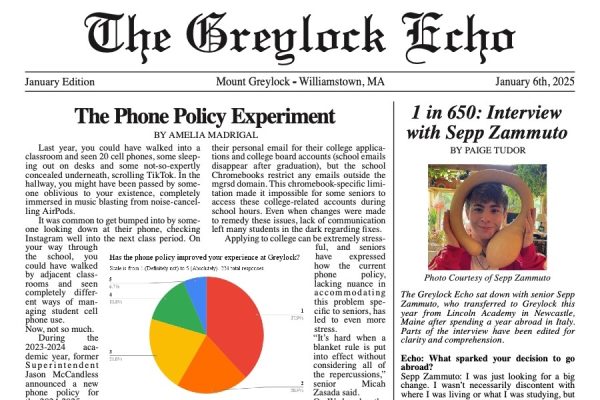Mt. Greylock School District to Continue With Fully Remote Model
On Thursday, December 3rd, the Mount Greylock School district switched to a completely remote model due to the percentage of COVID cases in the country being over 3%. This came not long after Mount Greylock Regional School made the switch to remote learning because of two COVID cases in the school. The school originally planned to return to a hybrid model on December 10th.
Despite the fact that Mount Greylock has seen no in-school spread from those two positive cases, the entire district will still be remote. The students who were said to be in close contact with one of these students all had negative tests, which Mount Greylock Principal Jacob Schutz said is “a great indicator to show that our procedures, practices and protocols are appropriate.”
The reason the district is going remote is due to the agreement with the teacher’s union. Over the summer, the union and the district agreed that 3% would be the percentage of COVID in the county where they would switch to remote. The current plan anticipates a return to the hybrid in-person instruction model after winter break, but only if the county’s COVID percentage drops below 3%.
Although this situation is unusual, Schutz said, “The two weeks of remote [in the beginning of the year] really set the foundation of figuring out how to do this thing we call remote learning.” He added that “the foundation really started with staff figuring out the basics of programs and the basics of remote learning, and then putting it into practice with the students.”
Remote learning offers both benefits and challenges to students, teachers, and staff alike. Williamstown Elementary School nurse Carol Stein-Payne commented on the importance of remote learning. “We’re in a time of increasing cases, and specifically increasing in our towns and in our county,” she said.
At the same time, however, Stein-Payne said, “I worry a great deal about our students. I think there is evidence that there are students who are feeling very depressed, and certainly very anxious. We worry about each and every one.”
For WES Vice Principal Cindy Sheehy, one of the biggest challenges of remote learning is “helping our younger students feel connected to their peers in a virtual setting.” She added that “Teachers and paraprofessionals have spent a lot of time using breakout rooms to allow students to play games and have time to talk together.”
Schutz said he understands how difficult remote learning can be because of the lack of socialization, but said, “Being flexible and being able to adapt” is important, so “instead of hanging out with a friend, you talk to them, or you chat or email.”
“Things that I find to be helpful are simple things,” said Stein-Payne. “Finding some joy every day, even now when things are so hard,” is incredibly important. Still, many students are struggling with remote learning when they are already not seeing many people outside of school.
Freshman Ben McDonough said, “I believe that remote learning is a struggle for everyone. Kids and teachers all need to adapt into this whole new idea of what school is.” He added, “As school keeps passing it all just feels like the same thing everyday.”
However, many students also realize the importance of remote learning in these times. “I think the switch to remote is the right thing to do in order to stay safe considering the county’s rate of Covid,” said Junior Zoe Armet.
“I also feel like if more kids stay home and it means there’s a lower chance of people getting sick it’s a good thing,” said Sophomore Jennah Simpson, who has been remote the whole year. “We still don’t know COVID’s long term effects, and we shouldn’t be risking the youngest generation when there is another option.”
The agreed upon threshold of 3% prevents Greylock from returning to the hybrid model in the near future. However, there have been discussions on raising that percentage due to a number of factors. In many schools, especially elementary ones, the transmission of COVID has been minimal, which was demonstrated by the COVID cases at Mount Greylock.
Additionally, because the majority of Williams students are no longer on campus, the number of tests have decreased drastically. Meaning, even if there were to be the same number of COVID cases before the students left and after, the percentage would be much higher after.
Although this switch from hybrid to remote learning has been difficult for teachers and students, Stein-Payne said she is “really proud of our local community’s response to the crisis with regard to safety and following guidance.” Because students and those in the building have been following the protocols put in place, the spread of COVID has been, as far as we know right now, non-existent.
She also urged students to use the weekly Massachusetts public health report, which is updated every Thursday at 5pm. It can be found by going to the Mount Greylock website, school resources, COVID-19, and then the COVID map. “That has the information that causes the school decisions to be made,” Stein-Payne said.
She also stressed the importance of keeping safe once we eventually switch back to a hybrid model. ‘Of course if you have any symptoms you need to stay home,” she said. “Any symptoms at all.”
There are concerns for student’s mental health with the switch to remote learning. “When you need to reach out don’t be afraid to connect [with the school],” she said. Schutz said, “If folks are having issues with that we definitely want them to reach out.” Listed at the bottom of this article is the contact information of Mr. Jones, the school social worker.
Armet commented on being a high-schooler during this time. “Luckily, at a high school level, I feel it’s easier to adjust to the routine of online school. I do feel sympathy for the students at the elementary school level because I think in person is such a key component for social growth and development, especially at a younger age.”
kjones@mgrhs.org
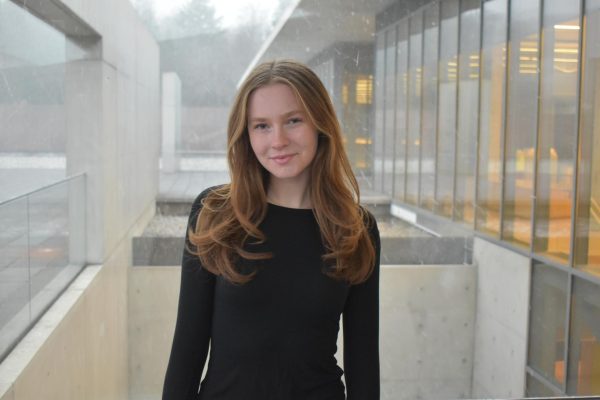
I am a Senior here at Mount Greylock, and I have been a member of the Echo for five years. Along with being a journalist, I love playing soccer, reading Jane Austen and trashy murder mysteries, and seeing how fast I can complete the New York Times mini crossword puzzle.


